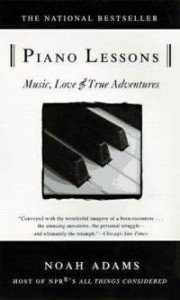 Today, I will share with you my brief review of a book called Piano Lessons: Music, Love, and True Adventures
Today, I will share with you my brief review of a book called Piano Lessons: Music, Love, and True Adventures by Noah Adams. This book is a peek into the author’s life for a year (each chapter is a month) as he experiences buying and learning how to play piano. The book also contains accounts of interviews he was able to conduct with famous pianists as part of his job as a host of NPR’s All Things Considered. For most of the book, the author attempts to teach himself piano using a few different methods, and also finds himself at a piano camp called “Autumn Sonata” in Vermont. By the end of the book, after no small amount of toil, the author successfully learns how to play a rendition of Traumerei for his wife as a Christmas surprise.
This is a wonderful book to read. Teachers, parents, and students (especially adult students) will find this book interesting and inspirational. The writing style is light and easy to read, full of colorful descriptive words and light humor. I enjoyed occasionally reading a chapter before bed over the course of a month or two.
For more ideas of books to read, consult the Reading List page here.


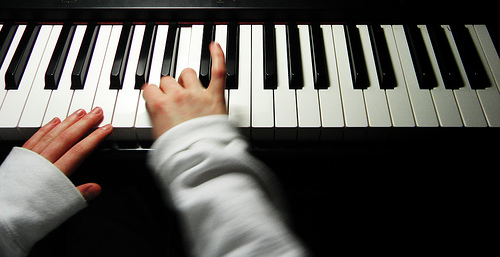
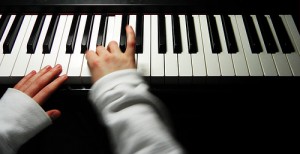
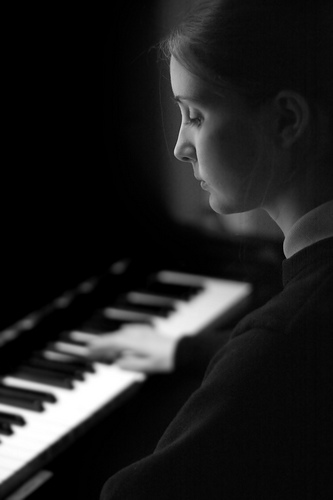

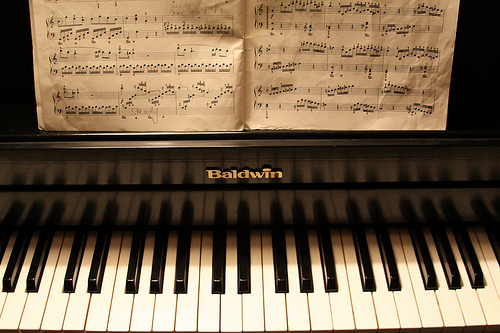
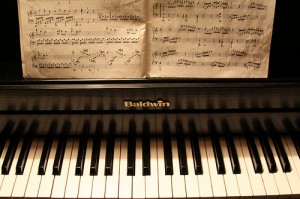
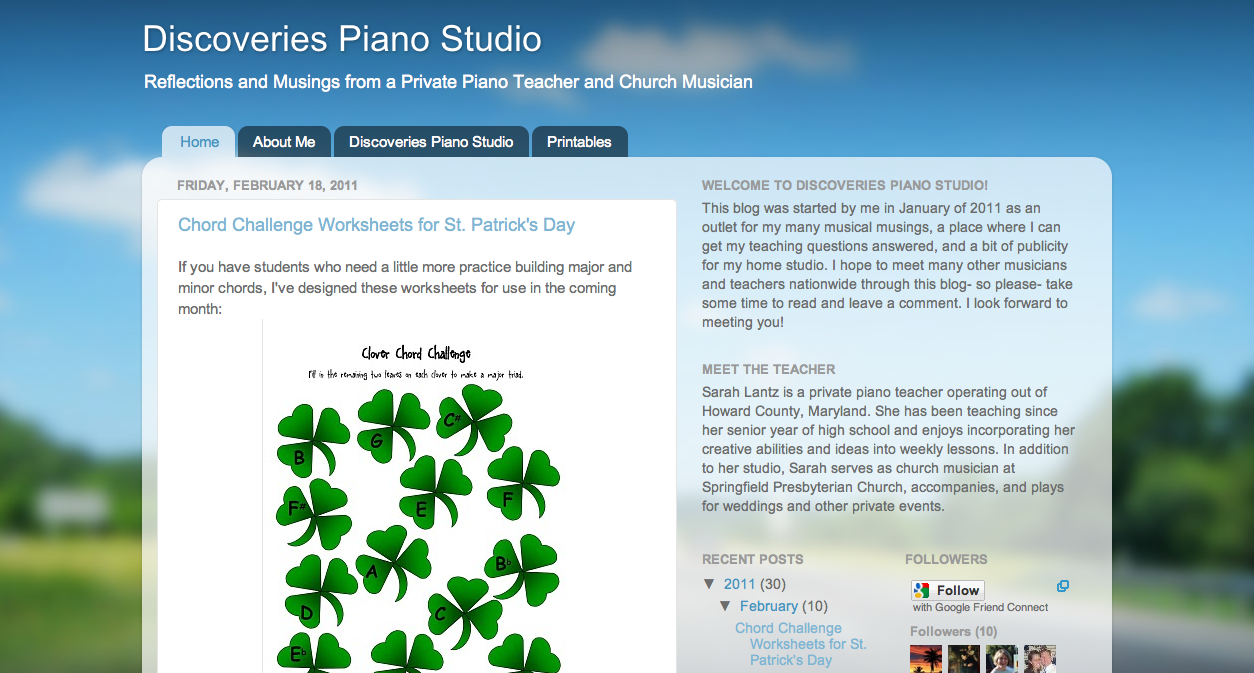
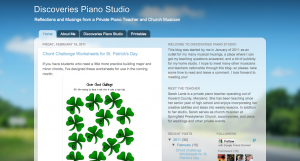
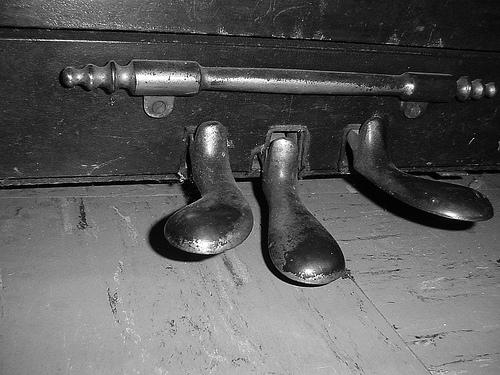
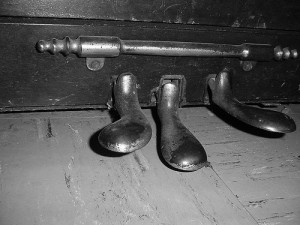
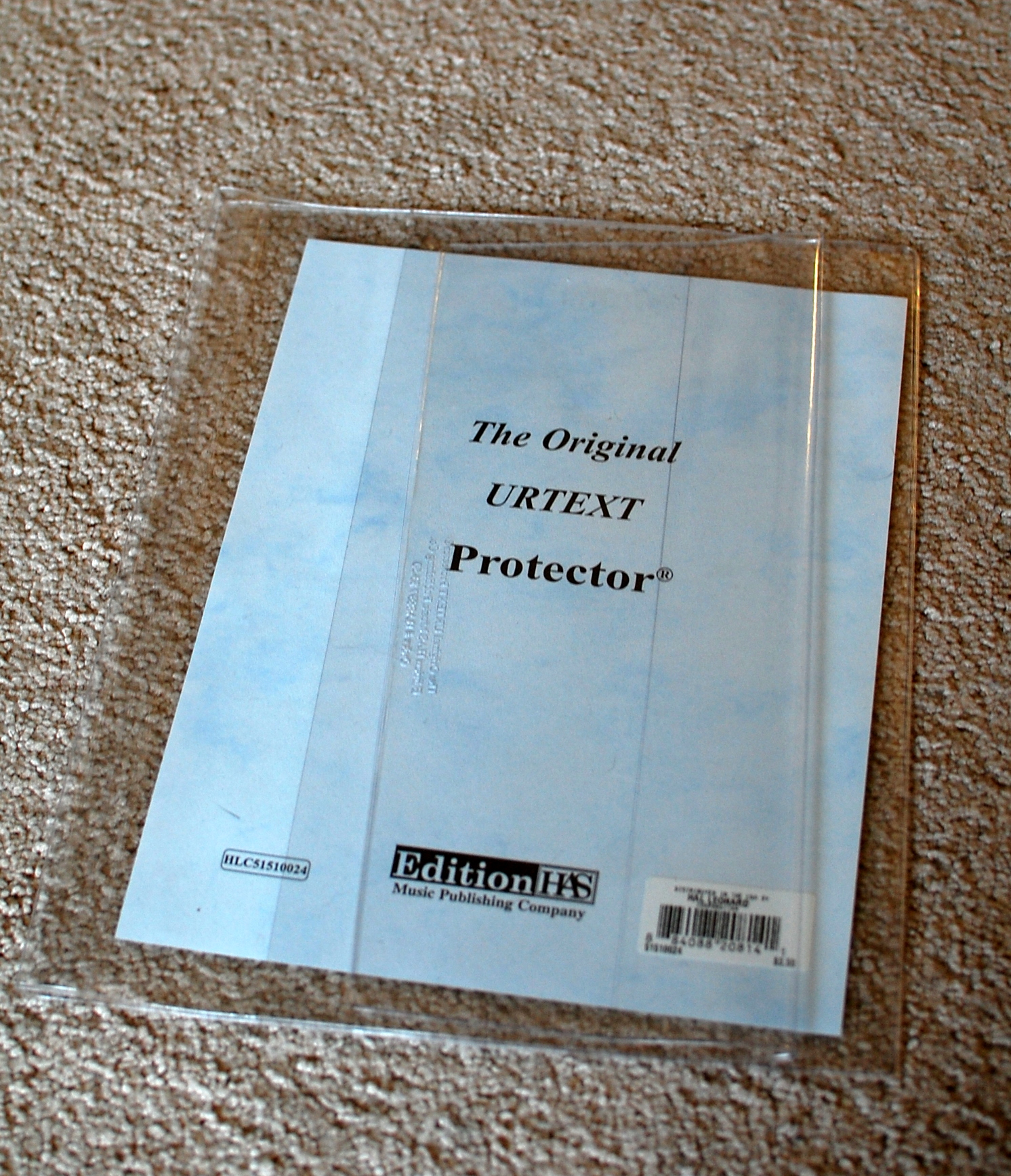
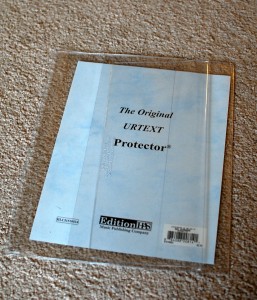
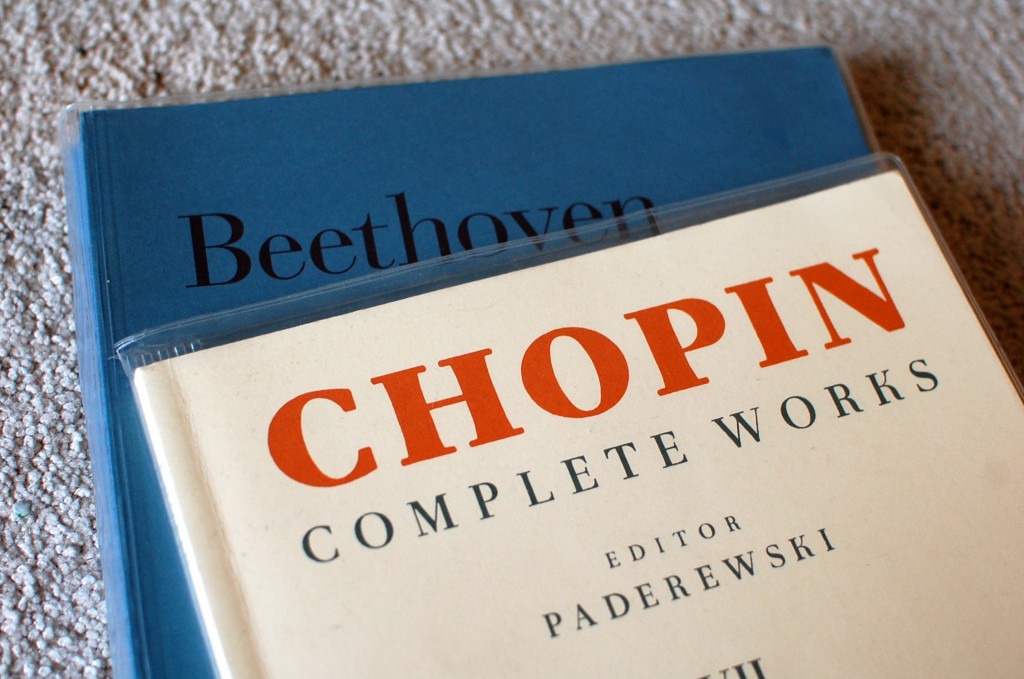
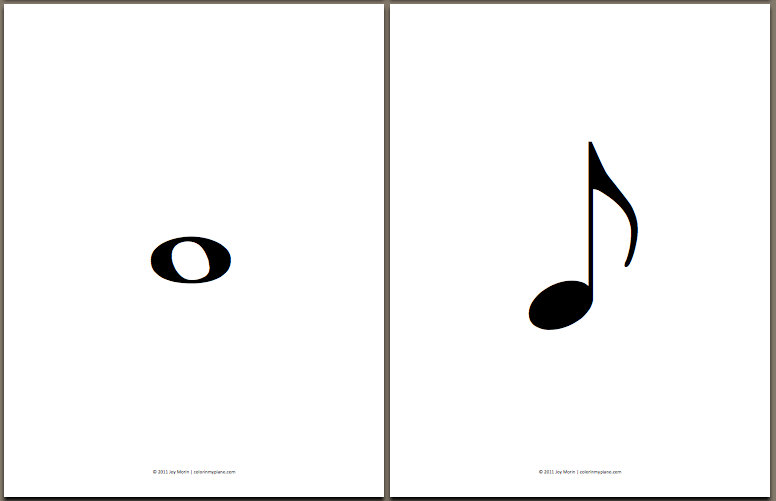
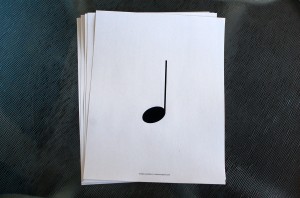 Here’s a fun movement/rhythm game to play with a group of students which I learned from a Dalcroze Eurhythmics instructor. I call it the “Rhythm Magnet Game.”
Here’s a fun movement/rhythm game to play with a group of students which I learned from a Dalcroze Eurhythmics instructor. I call it the “Rhythm Magnet Game.”